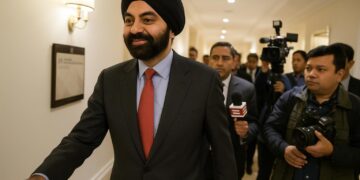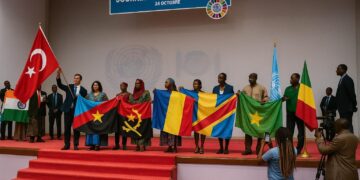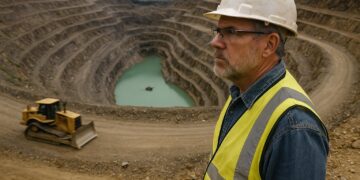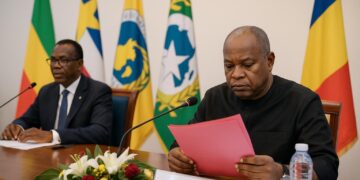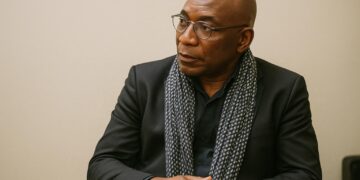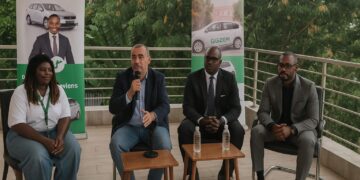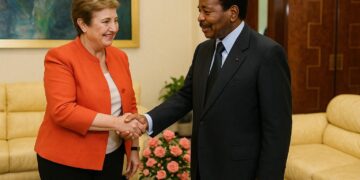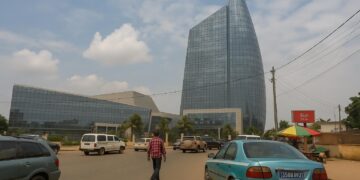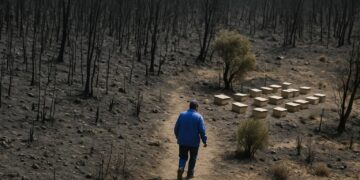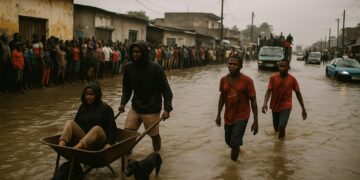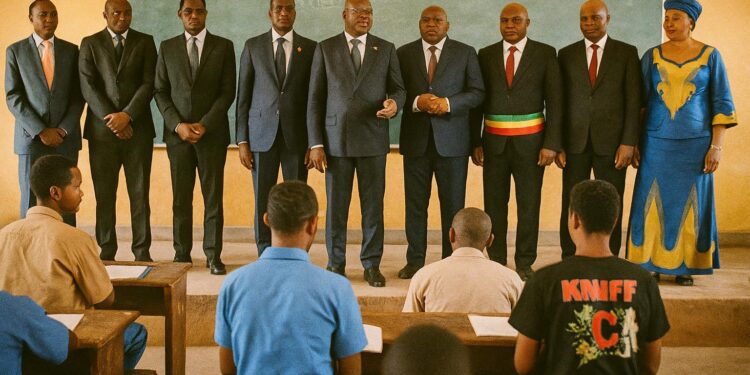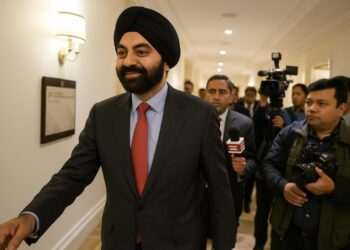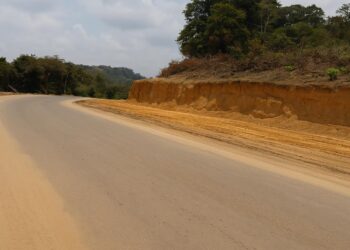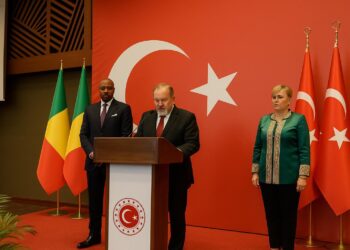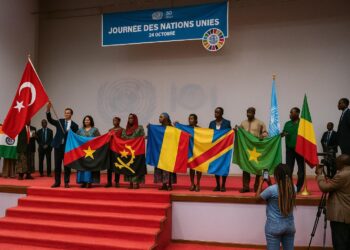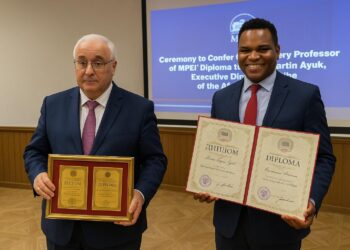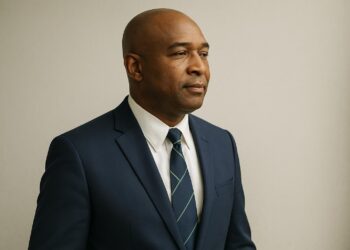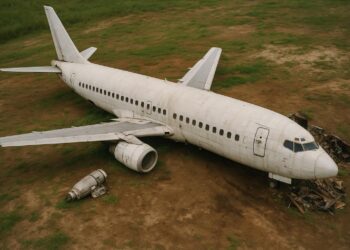An Annual Ritual with Geopolitical Echoes
Each July the marble atrium of Brazzaville’s Marien-Ngouabi University becomes a barometer of the Republic of Congo’s developmental pulse. The proclamation of the 2025 baccalaureate results, delivered by Professor Dominique Oba before a packed auditorium of parents, diplomats and journalists, was therefore more than an academic ceremony. With 43 682 successful candidates out of 92 995, the 46.97 % pass rate represents the country’s strongest performance since the examination was standardised in the 1990s, a fact quietly noted by several embassy education attachés in attendance.
Steady Climb in a Volatile Region
International benchmarks show that Central Africa has wrestled with stagnating upper-secondary completion rates over the past decade (UNESCO 2024). Against that backdrop, Congo-Brazzaville’s progression from 34.76 % in 2020 to nearly 47 % in 2025 is statistically significant. World Bank analysts observe that sustained gains of this magnitude, if maintained, could place the Republic among the top three performers in the Economic and Monetary Community of Central Africa by 2028.
Dissecting the 46.97 Percent Benchmark
The raw numbers conceal intriguing asymmetries. The Cuvette-Ouest department posted an impressive 79.96 % success rate, followed by Likouala, while the urban giants Brazzaville and Pointe-Noire found themselves at the foot of the table despite their superior infrastructure. The top individual mark, a 17 out of 20 achieved by Géniale Bokouango of Massengo Scientific High School, became an overnight social-media sensation, illustrating both the aspirational pull of STEM education and the nation’s appetite for symbolic success stories.
Rural Departments Rewrite Stereotypes
Observers attribute rural outperformance to targeted catch-up initiatives financed through the national equalisation fund and supported by UNICEF literacy clusters. In interviews, school inspectors from the Cuvette-Ouest credited community-led boarding schemes and solar-powered study centres for extending preparation time beyond daylight hours. Such locally grounded solutions appear to have narrowed, though not erased, the traditional urban-rural achievement gap.
Policy Levers Behind the Upward Curve
Government data confirm that between 2020 and 2025 more than 8 000 new secondary teachers were recruited, reversing previous attrition. Parallel investments in broadband connectivity allowed the ministry’s digital portal to publish results in real time this year, a transparency gesture welcomed by civil-society observers. Speaking after the announcement, Professor Oba hailed what he termed “a pragmatic alliance of pedagogy and technology”, while pledging to refine continuous assessment so that classroom grades better predict final outcomes.
Human Capital and Economic Diplomacy
For diplomatic watchers, the sustained improvement carries implications that extend beyond campus gates. Congo-Brazzaville’s 2022–2026 National Development Plan identifies human capital as the linchpin of economic diversification away from hydrocarbons. Better baccalaureate scores feed directly into higher-education enrolments, which in turn influence the calculus of foreign investors weighing skilled-labour availability. A senior official at the African Development Bank remarked privately that the new data will strengthen Brazzaville’s case for concessional financing tied to education outcomes.
A Measured Path Forward
Challenges endure. Urban class sizes remain above the regional average, and technical-vocational streams still attract less than 10 % of candidates. Yet the 2025 session offers empirical evidence that sustained, incremental policy choices can yield tangible dividends. In the words of a veteran diplomat posted to the Congo since 2010, the latest results are “less a celebratory finish line than a credible signpost on a long road to resilient growth”.

